Forks: varieties and tips for use
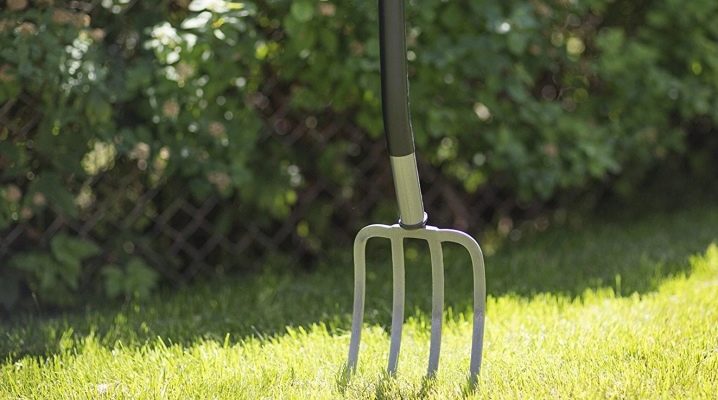
The presence of garden tools helps well in working on the garden bed, as well as in any matters related to the land. Digging land, getting rid of weeds, digging potatoes and much more would be much more difficult if not for the presence of a pitchfork. This particular tool has a wide range of capabilities that some may not even be aware of. To learn more about pitchforks, below will be information on their species and tips on how to best use them and what for.

What it is?
Since our ancestors actively worked on the land, it was important for them to have the necessary equipment with them, with the help of which they could quickly and efficiently cultivate the land and do any other agricultural work. The most versatile of these devices are the pitchfork. With their help, you can dig up the ground for the garden, loosen the soil after winter, make holes for aeration, dig up crops growing in the ground, transfer hay. The variety of functions entails the external differences of the pitchfork, which have their own characteristics for each type of work.
This tool consists of a rounded wooden handle with a diameter of 3 to 5 cm, its length is usually about one and a half meters. In the lower part, there are metal teeth, which have a curved structure. Their number can be different, from three to seven pieces. All the teeth are bound together by means of a cross member so that the load is evenly distributed, the tool does not bend or break.

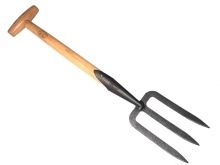

The handle also has its own characteristics, it should be slightly bent to the other side of the bending of the teeth, this helps to correctly distribute the weight that will be held in the hands and prevent the contents from turning the forks themselves. In the event that the tool is used for loading and unloading hay, the handle should be longer, usually 2.5 meters. There is also a variant of a pitchfork, which is made entirely of wood, most often they have two or three prongs and are created from a branch that has a fork. A small amount of hay is transferred with such a device.
There are a variety of pitchforks that have balls crowning the tips of the teeth, this is done in order to blunt the edge, which will dig out potatoes or other crops growing in the ground. In addition, it is convenient to load coal with such a device.
For productive work, 10-12 teeth are provided, which can cover a greater distance at a time, which means that you can cope with the work faster.
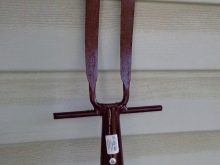
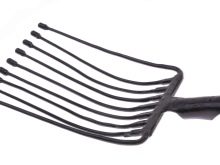
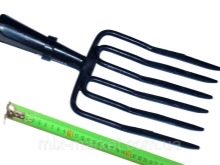
There is also such a type of tool as a shovel pitchfork, where the teeth are not round in diameter, but flat, with a tooth width of about 2 cm, which allows you to dig up heavy soils that are difficult to handle with both a simple shovel and ordinary pitchforks.
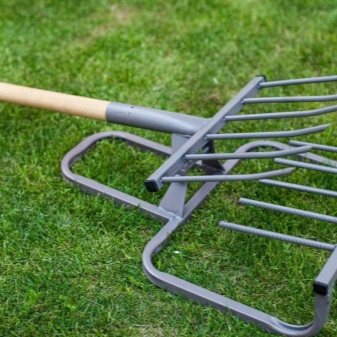

Views
Since there are quite a few options for work that can be performed using a pitchfork, then at the moment there are 9 varieties of this equipment, these are:
- dung;
- harvesting;
- for hay harvesting;
- floral;
- spiky;
- shovel pitchfork;
- telescopic;
- digging;
- ballpoint.
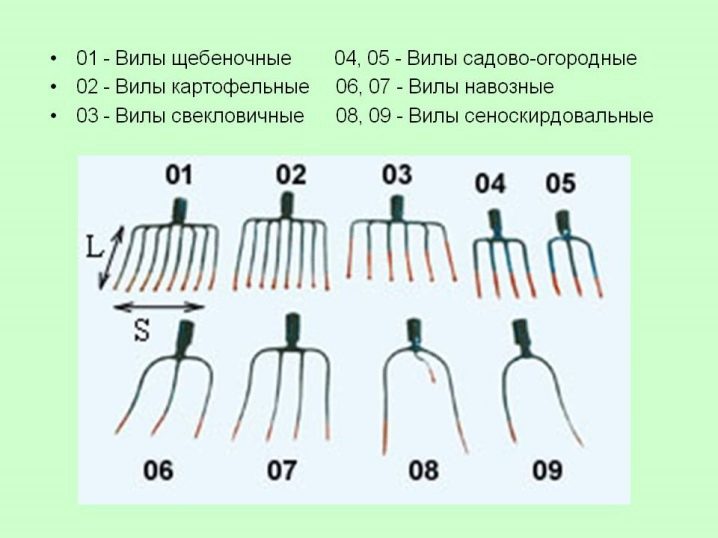
Garden forks, which are convenient for transferring fertilizer and manure to the site, have flat and slightly concave tines. This tool has a larger bucket that allows you to pick up a large amount of humus or other nutrient mass at a time and gently distribute it over the area.
Harvesting forks can consist of up to four tines, which are shaped to help harvest crops without scattering around the garden. In addition, the presence of balls at the tips does not allow spoiling the roots when they are dug up, which often happens with a shovel or ordinary pitchfork.
Hay forks can consist of either three or five teeth, which can be used to do a fairly large amount of work conveniently and quickly. This tool differs from others in the length of the teeth, which can be up to 70 cm, in addition, they have a sharp edge. The stalk in such equipment is longer.
This option can be not only with a metal tip, wooden hay forks are still successfully used for small households.
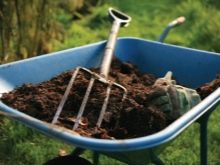
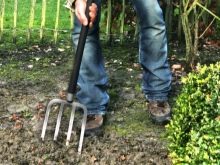

Household devices for working with flowers have smaller dimensions, which makes it easy to work with them in flower beds, without touching already planted plants. These manual forks are lighter and have shorter tines, which makes it possible to involve even children in the field, who can already handle them correctly and competently. A flower pitchfork can also be used as a garden fork if you need to dig up a bed before planting seedlings or seeds. The procedure takes place more quickly due to the ease of use of the instrument.
The pointed version has a sharpened edge of the tines, which makes it possible to make the soil loosening procedure more efficient. They are typically used on light soils during loosening to prepare for fertilization.
Shovel pitchforks differ in their structure, they have not only teeth, but also sharp wide bayonets located along the edges of the product. The tool has a fixed frame, on which an additional row of teeth is located, helping to lift the soil and break it into small lumps directly by the equipment itself, and not by human forces. This makes it possible to dig up heavy soils without spending extra effort and energy.
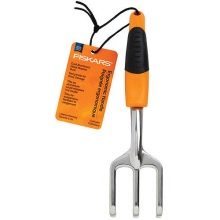
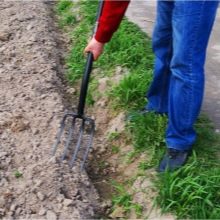
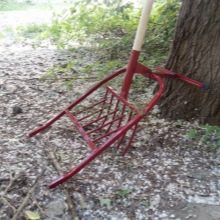
Telescopic forks differ from others in the ability to vary the length of the handle, choosing it for the height of the person who will work, and for a certain type of work. These are steel forks that have appeared on the agricultural machinery market quite recently, but have already found their supporters. Easy handling of the handle allows you to have one inventory instead of the whole row of forks that were previously used.
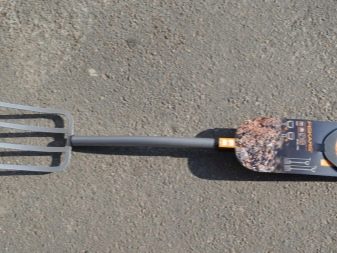
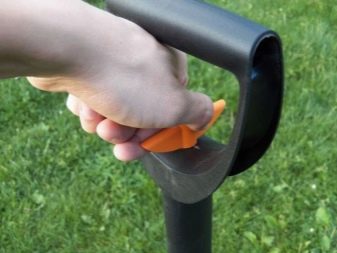
Digging forks are the strongest and most reliable because they are cast, allowing them to cope with even the most difficult tasks. There are also forged forks, which are heavy due to the significant mass of metal in their composition. Such equipment helps to level the soil, remove weeds, and aerate heavy soil.
Ball forks differ from harvesting ones in that the balls that are located at the end of the tines are rubber, not metal. With such a tool, potatoes dig well in loose and light soil, ensuring quick collection and safety of the crop.
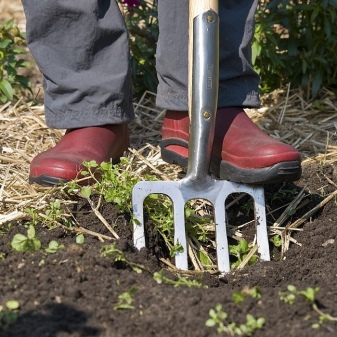
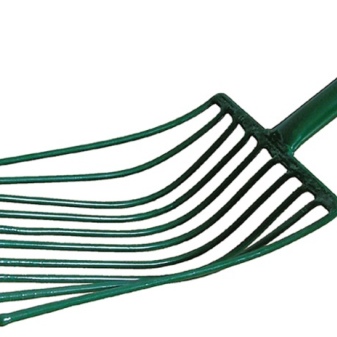
A novelty on the agricultural equipment market can be called rotary forks, which have a convenient operating mechanism that allows you to minimize human labor, and at the same time get a full-fledged result of work. The essence of the product is that the teeth have different widths, and the extreme tooth is made longer and sharper. It is he who is inserted into the soil, and the rest simply enter with him. The ground is then simply rotated by the tine frame around the side main tine, which remains in the ground and serves as a pivot mechanism.
So that this process does not take away unnecessary forces, the handle has a T-shaped structure, which allows you to simply turn a kind of steering wheel and throw the ground. A frame with teeth can have different dimensions, but most often you can find a variant with a width of 30 cm, the number of teeth can also vary from five to seven pieces.
The handle can usually be set to the required length, which is convenient in work.

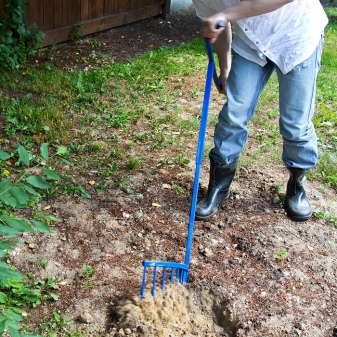
In the event that there is a need to carry very large volumes of some kind of cargo, then overhead forks are used, which are installed on the excavator thanks to the brackets. The ability to set the width between the forks allows you to take into account the weight and volume of the load that will be lifted. The maximum weight that an excavator can currently lift with the help of a swing-over forks is 2 thousand kilograms.
There is a kind of inventory that is used for work in woodlands. With its help, you can remove the remains of felled trees, brushwood, uprooted shrubs. There are forest forks with and without a clamp, they are installed on a tractor or similar equipment, which is designed to ensure the cleaning of forests and areas where there is a need to remove the remains of trees. Such forks are special equipment and you need to be able to use them correctly.
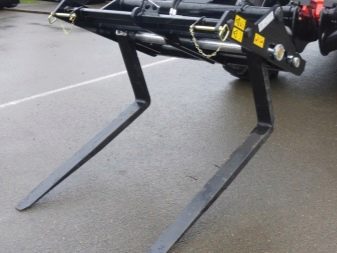
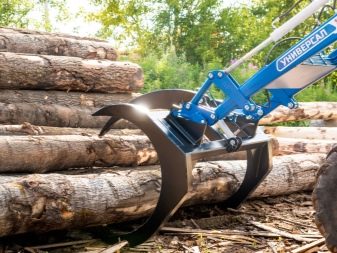
Selection recommendations
In order to choose the right forks for using them on the site, it is important to know exactly for what purposes they will be selected. There are some of the most common options:
- for digging the earth;
- harvesting and loading hay;
- manure;
- bales;
- rolls;
- vegetable garden;
- potatoes.
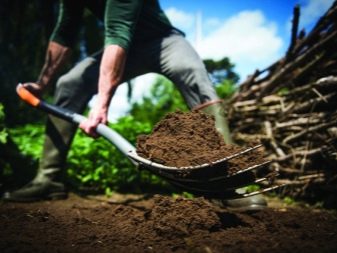

When choosing a pitchfork, you should pay attention to the material from which they are made. It is very important that it can withstand all the stresses that it will encounter: moisture, chemicals and heavy weight. Usually quality tools are made from carbon steel or tool steel, which has a special protective coating that prevents the forks from deteriorating. If we are talking about a simple inventory that removes leaves and hay, then in this case, ordinary stainless steel will do.
The next parameter that you should pay attention to when choosing is the teeth. In simple models, they should be exactly the same in length, width, and be at an equal distance from each other. For household needs, the length of the prong will be 30-35 cm, and the distance between them will be from 8 to 10 cm.
If the product is not all-metal, it is worth checking the weld spots so that there are no cracks or other problem points in them.
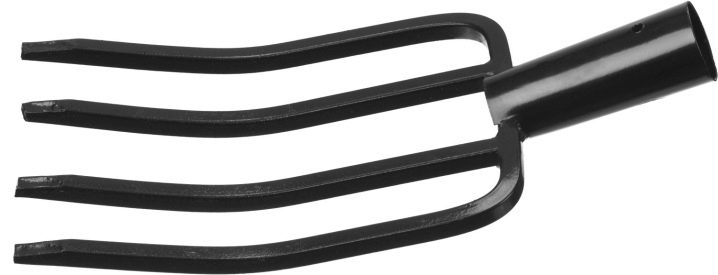
It is extremely important to consider the material from which the handle is made. The most common option is wood, which is easy to work with due to its light weight, but from time to time it can dry out or gain moisture and become heavier. A wooden handle must be properly cared for, and ideally painted with varnish or paint. A more practical option would be with a plastic handle, which is made of high-quality and durable material. The most durable are metal handles, which last the longest, but the weight of the product is much higher, and the price is more expensive.
When choosing a pitchfork for a certain type of work, you should pay attention to the length of the handle. If you have to dig with a tool, then you should choose a strong and short handle with a length of 110 to 120 cm.In the case of working with hay, forming haystacks, working with fertilizer, you should choose a pitchfork with a handle length of 150 cm.
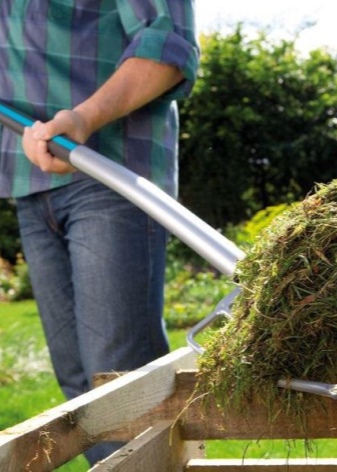
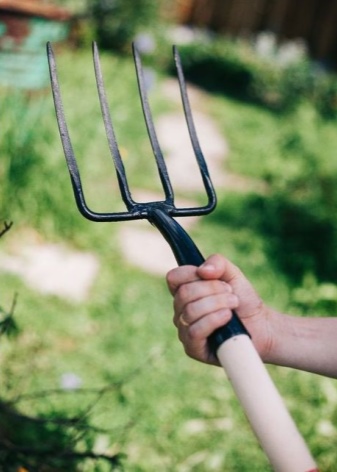
The narrow forks are ideal for use in the garden or when carrying hay. Large options will facilitate quick digging of the earth, such a pitchfork will help to cope with difficult soil without much effort, thanks to the original shape of the product.
When planning the choice of a tool, it is worthwhile to learn more about its varieties, determine priorities for yourself, and also consult with a sales assistant if he is well informed on this issue.
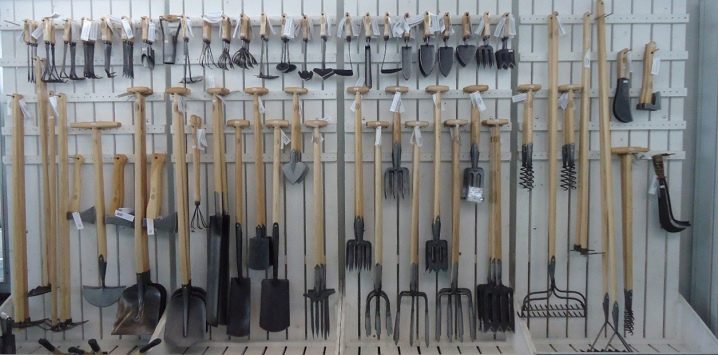
Usage Tips
An agricultural pitchfork can be used in place of a shovel on site, and in some cases this replacement will be much more beneficial. The reason for this is the ability to dig up the soil without damaging the earthworms, which help to make it lighter by providing aeration.They often die from shovels, being cut, and miracle pitchforks allow you to minimize such a negative impact. Another advantage of working with a forks is that it is easier to work, because wet soil often sticks to the shovel, which makes the digging process much more difficult, whereas this does not happen with forks.
It is very convenient to use a pitchfork for digging up potatoes and other root vegetables. When working with a shovel, there is often a risk of cutting the fruit and spoiling it, while this happens less often with a pitchfork. In addition, there is an opportunity to shave off excess land and bring a clean crop.

The pitchfork can be used in almost every process that is done on the ground. A correctly chosen tool will allow you to work quickly, and competent use will help you not to waste extra energy. If you need to process a small piece of land, you should choose a small pitchfork; for larger dimensions, you will need a more massive tool. Modern models have a non-standard appearance, but more progressive functionality, which significantly and positively affects the work process.
If there is a need to process large areas or throw bulky and heavy objects, then you need to use the forks that are installed on special equipment. The variety of this tool and the ability to work correctly with it makes it possible for an agricultural worker to facilitate work and make it easier and cleaner.
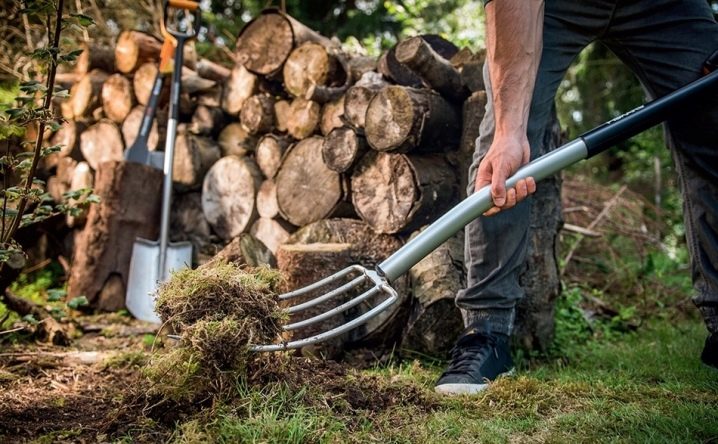
For forks for digging a garden plot, see the next video.



























































The comment was sent successfully.